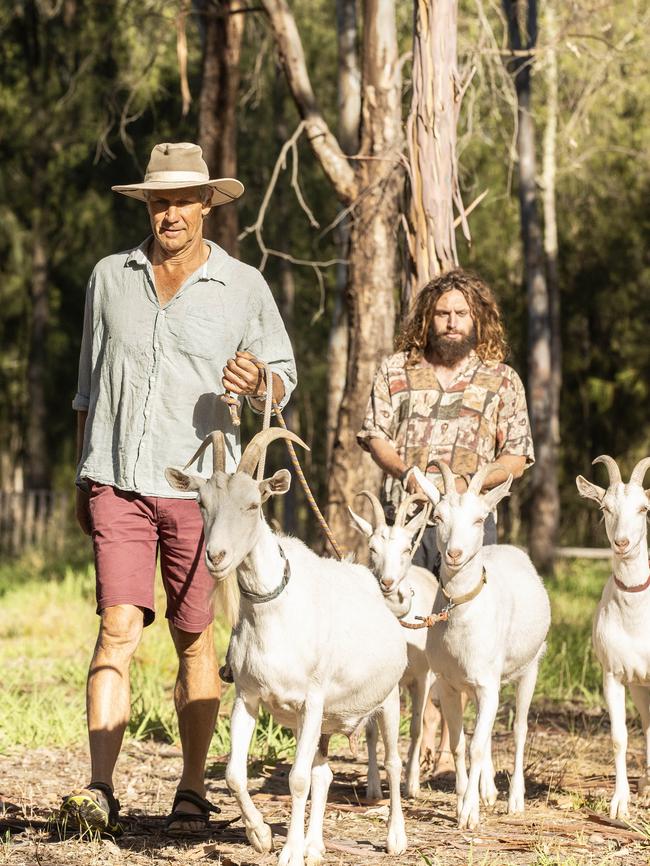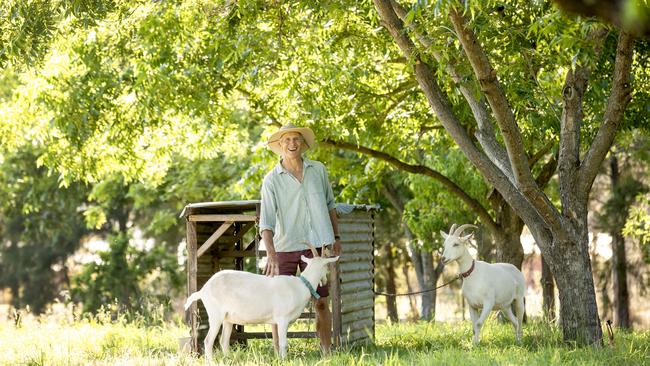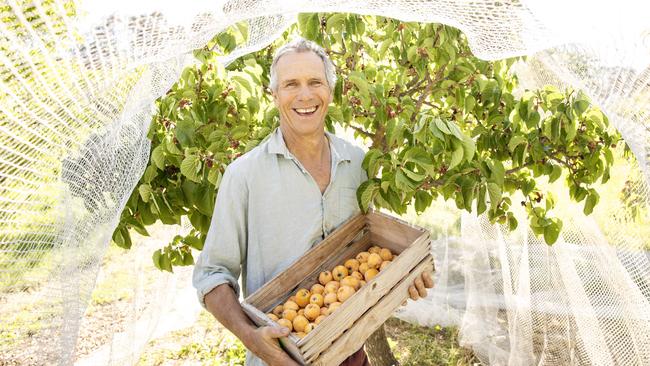Endless opportunity: Violet Town farmer finds ways to thrive
The sky is the limit for David Arnold and his self-reliant farm at Violent Town. Discover his ways to achieve full value out of his production.
Permaculturist David Arnold says achieving the “full dollar” means considering all potential benefits of a planting.
“It’s not really getting full value out of the tree if you’re only thinking about the dollar value,” he said.
“We have this opportunity to be more innovative and do things in a way that is a bit more labour-intensive but give more return in so many other ways other than just financial.”

David bought his Murrnong Farm property in 1996 as a grass field, devoid of buildings and trees. Now, it’s a self-reliant home and farm with tree crops, goats, chickens, an olive grove, vegetable garden, educational centre and more.
“This is an integrated form of agriculture. The olive grove is not just an olive grove, it’s also a grassy woodland for the goats to graze. The low-irrigation tree crops area is incredibly shady and has become a campsite,” he said.
“The chicken flock is within the fruit and nut orchard, so they gain food and provide some pest control service within the orchard.”

His 8ha property has 270 olive trees in the grove, which started harvesting in 2005, and a low irrigation crops area.
David said they tried to reduce their ecological footprint, and he made his own compost in a strawyard attached to the chicken house, with a grapevine roof for shade.
“With years of compost development of the vegetable garden, it’s now developed to the point where weeds coming up are edible weeds,” he said.
The weeds, or “volunteer plants” sprouted were sow thistle, purslane, and blackberry nightshade.
He has planted sweet potatoes, pumpkins, potatoes, beans, parsnip, zucchini, basil, cucumber, corn, rocket, parsley, perennial herbs, chives, celery, tomatoes, eggplant and watermelon in his garden.

David said when he first bought the property, he spent time recording levels, produced a plan, had a dam and water infrastructure built, with a seven metre tall water tower installed in 1998.
He originally grew up in western NSW, Carrathool, before he lived in Melbourne and decided to return to rural living.
“I was very fortunate the house was on the Murrumbidgee River. My own inclination was always to the shade of the billabongs rather than the standing hot paddocks,” he said.
“It’s no wonder I ended up planting a lot of trees and creating shade.”




